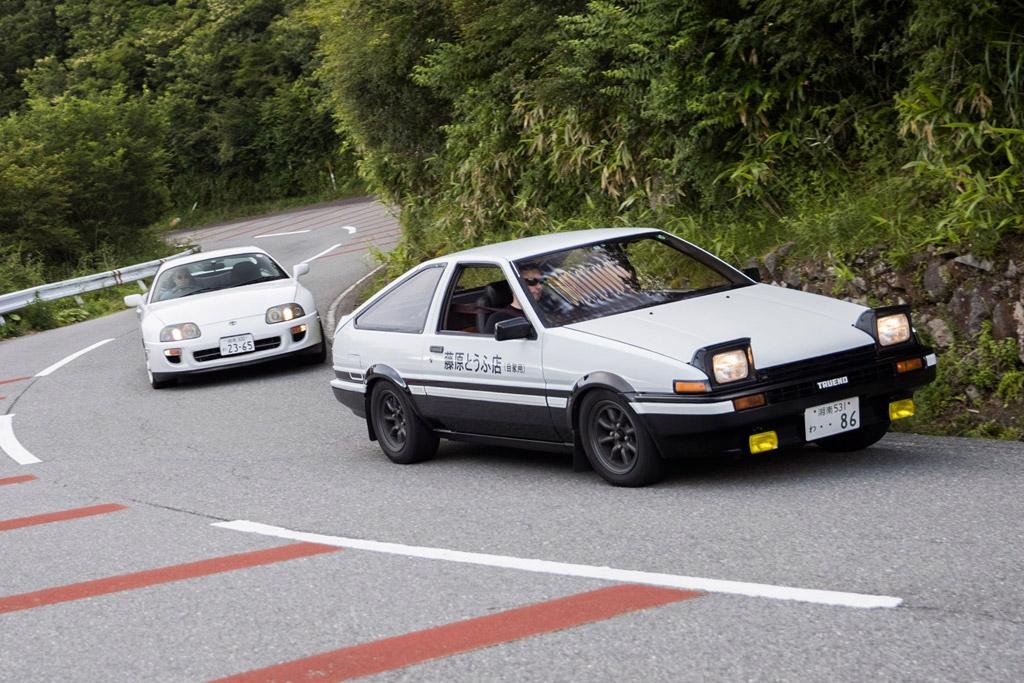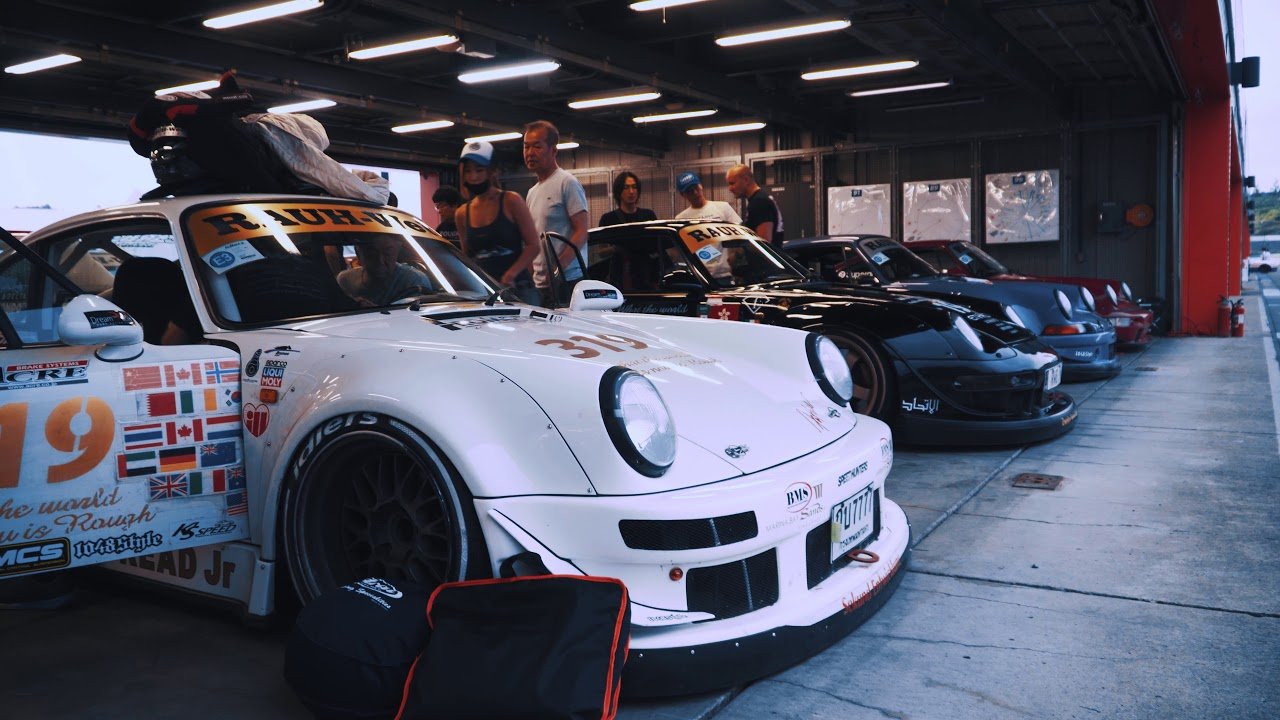The Legendary Japanese Drift Car Used on The Cover of a Legendary Music Masterpiece

Blood Orange, AKA Dev Hynes invited us on a journey of musical greatness in the form of his 4th album, Negro Swan, on 24 August 2018.
The album was critically acclaimed and beloved by many, in more ways than just the melodic and rhythmic tones his emulsion of alt-pop, R&B, indie hip-hop, downtempo rock, and lo-fi-like minimalism provides.
The album cover, with its deep, thought-provoking messaging mirroring the underlying theme of the album is modeled by Kai and shot by Аna Kraš. The cover garnered mass coverage as Kai was seen in the iconic shot holstering angel wings out of a moving vehicle. But what caught our eyes more was the vehicle in which ‘The Black Angel’ was hanging out. It was none other than a Toyota AE86, also known as the king of drift cars.
The AE86 goes down in history as a legendary drift car that fans of the smooth style of driving hold in the highest regard for multiple reasons. Originally released in 1983, the almost 30-year-old car is seemingly your average 1980s Japanese motor, but the beauty in its design comes in the form of its elegantly simplistic mechanics and rear-wheel drive.
The car gained mass popularity when “Drift King” Keiichi Tsuchiya, in 1987, convinced popular car magazines to finance and produce a video of him showcasing his skills using an AE86 - and a year later, Tsuchiya organized the first legitimate drifting event. Not only that but the mechanical superstar also became a leading role in a hugely successful Japanese comic book series ‘Initial D’. Based on Tsuchiya, the lead character is a night-time delivery driver and street-racer by the name of Takumi Fujiwara, with his weapon of choice being an AE86.
The 80’s Japanese Motor now fetches a healthy $25,000 +, and that’s if you can find one. With production being halted in 1987, the cars are real collector’s items and finding a white one like the one in Initial D is even harder. So, the fact that Blood Orange’s cover showcases the AE86 in all its original glory is just as impressive as the music that stems from the album.





